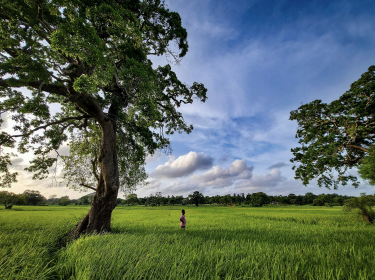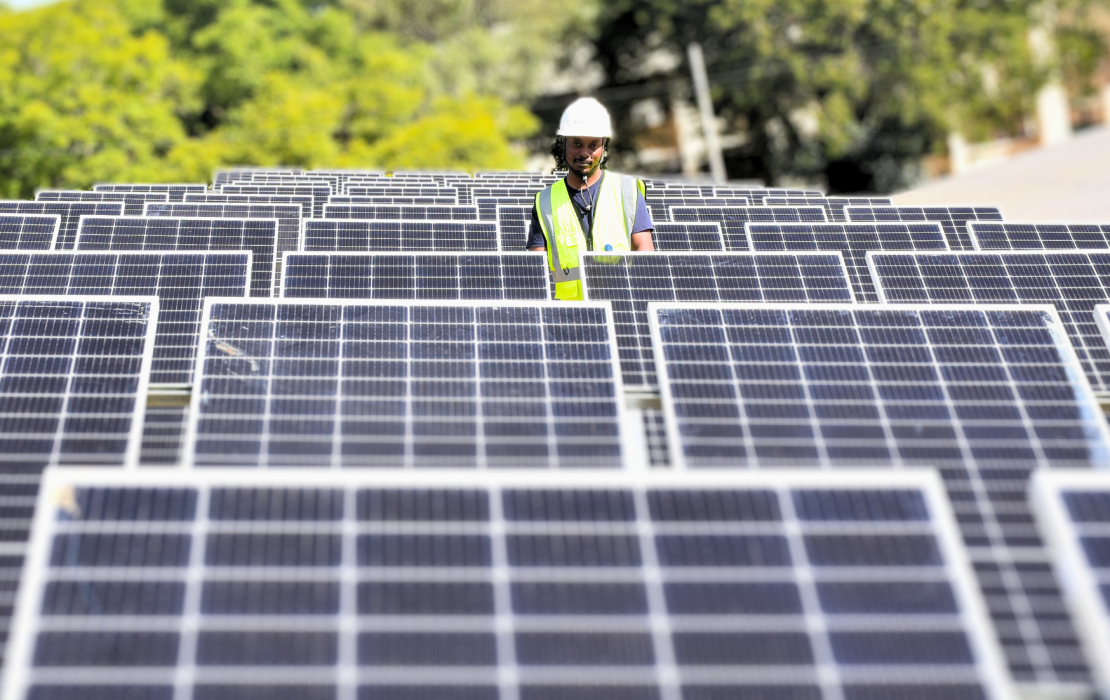0.07%
Share of global GHG emissions
Extracted from the CAIT Climate Data Explorer (2022), developed and maintained by the World Resources Institute. #125
Climate Vulnerability Index ranking
A higher number means a higher vulnerability to climate change. Based on the ND-GAIN Index (2023), developed by the University of Notre Dame. #89
Human Development Index ranking
A lower number means a better human development score. Based on the Human Development Index (2023), developed by UNDP. NDC Status
Sri Lanka submitted its third NDC in September 2025.
Key highlights from the NDC
- Sri Lanka’s third NDC commits to an economy-wide GHG emission reduction target and aims to achieve carbon neutrality by 2050.
- The NDC covers the period 2026–2035 and sets out a cross-sectoral framework for mitigation, adaptation, and loss and damage, with stronger institutional arrangements and governance mechanisms.
- On mitigation, the country’s third NDC expands its mitigation scope to include electricity, transport, industry, waste, forestry, and agriculture, and introduces cross-cutting themes such as just transition, circular economy, and Gender Equality and Social Inclusion (GESI)-responsive climate action.
- The NDC identifies nine adaptation sectors, , with measures aligning with the draft National Adaptation Plan (NAP) 2025–2034. The adaptation sectors include Agriculture, Fisheries, Livestock, Water, Biodiversity, Coastal and Marine, Health, Urban Planning and Human Settlement, and Tourism and Recreation.
- Sri Lanka’s third NDC places strong emphasis on gender equality and social inclusion, ensuring that climate actions benefit women, youth, Indigenous communities, and persons with disabilities.
- The NDC also mentions the importance of the synergies of the Rio Conventions and the need for policy coherence, recognizing that climate change, desertification/land degradation and biodiversity loss have similar environmental and development impacts and are strongly interlinked. The NDC highlights Nature-based Solutions as critical for addressing these challenges.
- The NDC notes the need for international climate finance to meet the need to achieve the conditional target, with a priority to mobilize international climate finance through multi-lateral sources such as the GCF, Adaptation Fund, and GEF.
- The NDC preparation was supported by UNDP, FAO, UNIDO, ADB with technical inputs from wider UN and other development partners.
NAP Status
Sri Lanka submitted its National Adaptation Plan (2016-2025) to the UNFCCC in 2026.
Latest Publications
See allThe Asia-Pacific region covers a wide geographical area, with diverse landscapes, societies, cultures, religions and economies. Of the 41 countries…




